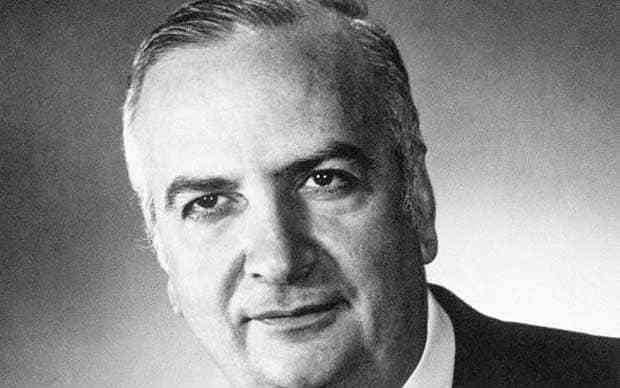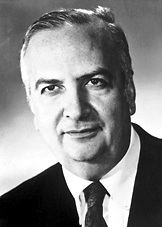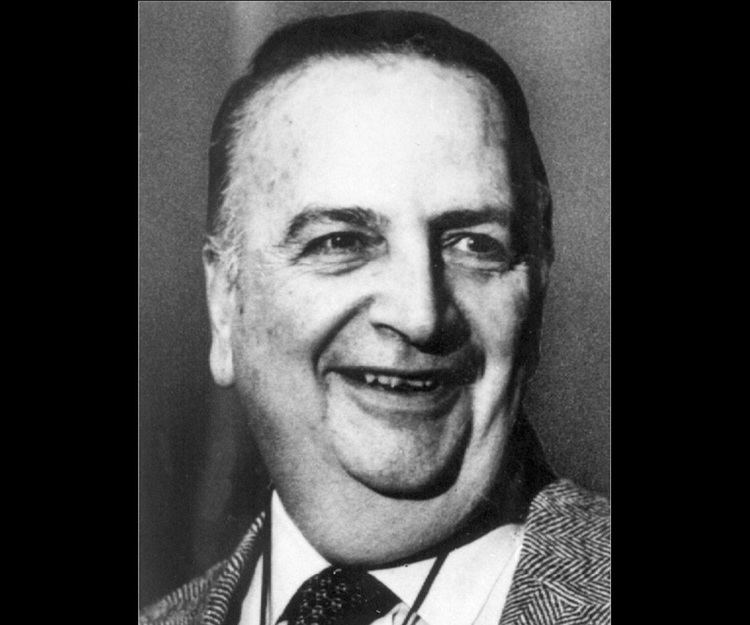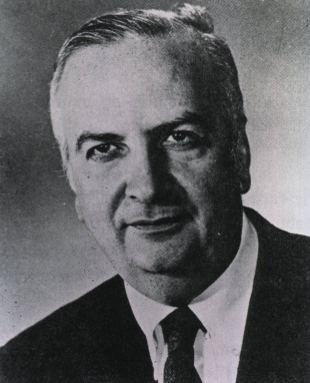Citizenship Venezuela/American Children Beryl Rica Benacerraf Name Baruj Benacerraf | Fields immunology, medicine Nationality Venezuela | |
 | ||
Born October 29, 1920Caracas, Venezuela ( 1920-10-29 ) Institutions New York UniversityColumbia University College of Physicians and SurgeonsNational Institutes of HealthAmerican Academy of Arts and SciencesHarvard Medical SchoolDana–Farber Cancer Institute Alma mater Columbia UniversityMedical College of Virginia Spouse Annette Benacerraf (m. 1943–2011) Books From Caracas to Stockholm: A Life in Medical Science, Textbook of Immunology, Hybrid 5, Son of the Angel Parents Abraham Benacerraf, Henrietta Lasry Similar People George Davis Snell, Jean Dausset, Emil R Unanue | ||
William e paul working with baruj benacerraf part 1
Baruj Benacerraf (October 29, 1920 – August 2, 2011) was a Venezuelan-American immunologist, who shared the 1980 Nobel Prize in Physiology or Medicine for the "discovery of the major histocompatibility complex genes which encode cell surface protein molecules important for the immune system's distinction between self and non-self." His colleagues and shared recipients were Jean Dausset and George Davis Snell.
Contents
- William e paul working with baruj benacerraf part 1
- Huellas latinoamericanas 29 de octubre baruj benacerraf
- Early life and education
- Career
- Awards
- Honorary degrees received
- Later years and death
- References

Huellas latinoamericanas 29 de octubre baruj benacerraf
Early life and education

Benacerraf was born in Caracas, Venezuela on October 29, 1920, to Sephardic Jewish parents from Morocco and Algeria. His brother is the well-known philosopher Paul Benacerraf. His father was a textile merchant. Benacerraf moved to Paris from Venezuela with his family in 1925. After going back to Venezuela, he emigrated to the U.S. in 1940. That same year, Benacerraf attended Lycée Français de New York, where he earned a Baccalauréat. In 1942 he earned his B.S. at Columbia University School of General Studies. He then went on to obtain his Doctor of Medicine (M.D.) degree from the Medical College of Virginia, the only school to which he was accepted due to his Jewish background.

From his autobiography at nobelprize.org,
Career
After his medical internship US Army service (1945–48), and working at the military hospital of Nancy, he became a researcher at Columbia University College of Physicians and Surgeons (1948–50). He performed research in Paris (1950–56), relocated to New York University (1956–68), moved to the National Institutes of Health (1968–70), then joined Harvard University medical school (1970–91) where he became the Fabyan Professor of comparative Pathology, concurrently serving the Dana-Farber Cancer Institute, Boston (1980). He began studies of allergies in 1948, and discovered the Ir (immune response) genes that govern transplant rejection (1960s). Counting different editions, he is an author of over 300 books and articles
Baruj first start in the field of immunology was started the Columbia University of Physicians and Surgeons with Elvin Kabat. He spent two years there working on experimental hypersensitivity mechanisms. He then moved to Paris because of family issues and accepted a position in Bernard Halpern’s laboratory at the Broussais Hospital. Here he also formed a close relationship with a young Italian scientist, Guido Biozzi. For six years he worked on the reticuloendothelial function in relation to immunity. The reticuloendothelia function is the white blood cells inside of a barrier tissue. While there they discovered techniques to study the clearance of particulate matter from the blood by the RES (reticuloendothelial system), and devised equations that govern this process in mammals. After six years Baruj returned to the United States because he could not make his own independent laboratory in France. In the U.S. he developed his own laboratory in New York City and returned to study on hypersensitivity. In New York, Baruj worked with several other immunologists on different fields of hypersensitivity. After working in his New York lab, Baruj started to turn his attention more to the train of new scientists. Also in this time frame Baruj made the decision to devote himself to his laboratory practices, instead of the family business. At this time Baruj also made the discovery that would go on to win him the Nobel Prize. He noticed that if antigens (something that causes a reaction with the immune system) were injected into animals with a similar heredity, two groups emerged: responders and non-responders. He then conducted further study and found that the dominant autosomal genes, termed the immune response genes, determined the response to certain antigens. This complex process would lead to the understanding of how these genes would determine immune responses.
His discovery still holds true, and more has been discovered over the last century. More than 30 genes have been discovered in a gene complex called the major histocompatibility complex. The histocompatibility complex is a complex part of DNA that controls the immune response. This research has also led to clarify auto immune diseases like multiple sclerosis and rheumatoid arthritis.
Awards
He was elected a Fellow of the American Academy of Arts and Sciences in 1971.
Other notable awards include:
Honorary degrees received
Later years and death
His autobiography was published in 1998. Benacerraf died on August 2, 2011 in Jamaica Plain, Massachusetts of pneumonia. His wife, Annette, predeceased him that same year in June.
